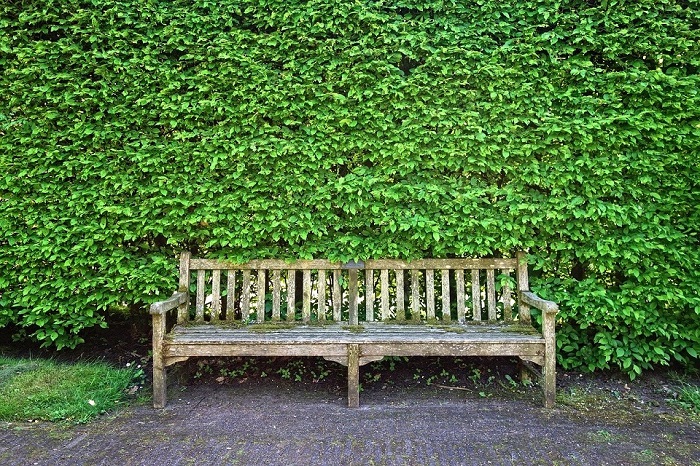Tips on planting and caring for hedges
1st Aug 2021
There are plenty of reasons to plant a hedge. Privacy, marking a boundary, creating a windbreak are just some of the reasons. A hedge will attract wildlife and can even be a security measure. But whatever the reason for planting your hedge we’ve put together a few tips on how to choose, plant and care for your new hedge. Let’s climb straight into it.
Choosing the right hedge
There are a lot of hedges that will grow well in the UK but not all are suited to every garden. Before you plant anything, it is first essential to choose the right type of hedge. You may want to think about things like maintenance; are you willing to put in a lot of work or do you want something easy to care for?
Evergreens like privet or Box offer a much lower maintenance experience. You will also need to think about how high the hedge will grow, for example, hedging like hornbeams will get very high in a short amount of time.
Plant the hedge at the right time
You could be forgiven for thinking that you can chuck a hedge into the ground at any time of the year. While this is somewhat true, if you want it to thrive, you will need to have a strategy in place where time is concerned.
However, the right time of year will depend on the type of hedge you are planting so be sure to check this first. As a rule of thumb, spring and autumn are the best times for planting hedges. If you have chosen a frost sensitive hedge like yew then this should be planted in spring.
Make sure you prep the soil correctly
It’s a lot of work digging up the soil ready to plant a hedge so make sure that you give yourself plenty of time. You will also want to make sure that you dig out an even and straight area. The best way to do this is to mark it out with string or wire before you begin.
The last thing you want is a jagged hedge. Your hedge will need space so make sure to dig the trench at least one and a half times larger than the roots and make sure the soil is loose. Planting up to four plants per metre will ensure a dense hedge.
Watering your hedge
After you have planted your hedge, you will need to make sure that it has enough water. In the early days, you want to aim to water the hedge at least every three to four days. However, as the hedge becomes more mature, this can be much more spaced out.
Hedges need a lot of water, in fact, they thrive best with 10 litres of water for every metre they are tall. Once your hedges are fully mature, you won’t need to water them thanks to the deep root systems, although if there is a long dry spell, a little extra won’t hurt.
Fertilising your hedge
As well as an ample supply of water, your hedges are also going to need feeding. Fortunately, fertilising a hedge doesn’t take anywhere near as much work as other plants and you will find that applying a layer of compost around the bottom of the plants will be more than enough.
This only needs to be done in spring and autumn. If you want to be really thrifty, you can use any hedge clippings and return these to the soil for a natural nutrient boost. Then again, it depends on the type of hedge and things like rhododendrons will need more acid in the soil which requires the addition of peat.
Pruning your hedge
If you want your hedge to look as good as possible, it is important to stay on top of its maintenance. Deciduous hedges generally take a little more maintenance but, in all cases, the age and condition of the hedge will determine how much pruning is needed as it can cast shadow and cause shade.
It also depends on whether you want a more natural look or something perfectly shaped. We would recommend working with electric hedge cutters as this is far more convenient and will make light work of the job.
For young hedges, you will need to prune around once a year during winter or early spring. As the hedge matures, formal hedges will require biannual pruning.
Keeping on top of weeds
The ground around your hedge will likely be prone to weeds and if these are not well maintained then there is a risk of them growing into the hedge and affecting both its health and appearance.
One of the best ways to ensure that no weeds are left behind is to weed the area by hand using a pair of protective gloves. In addition to this, it can help to apply a weed deterrent along the ground surrounding the hedge to prevent future outbreaks. A grassy herbicide is one of the best products to use for this.
If you’ve been on the fence about a new hedge (pun intended) check out the fantastic range we have available. All are available as mature plants in multipack and pallet loads. If you want an instant hedge we can deliver it to you all ready for planting.
See our full range of hedging here and don’t forget to sign up for our newsletter and receive regular offers and a 10% discount code just for signing up.
For more advice on planting hedges take a look at our Ask the Expert page.


